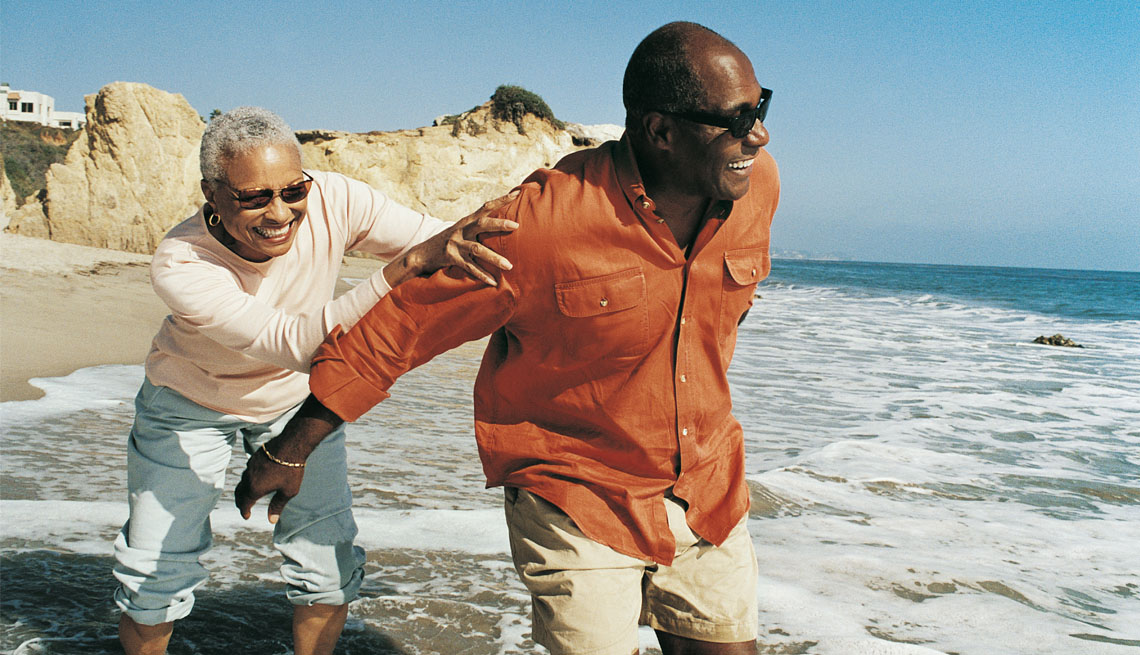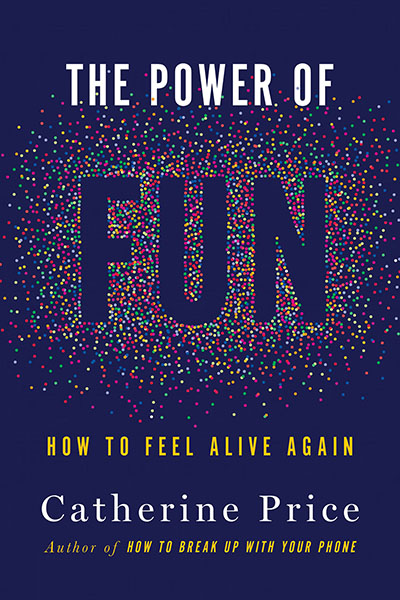Staying Fit
There is a common belief among people of all ages that the main obstacle standing between us and a joyful existence is the lack of free time. We tell ourselves that if we had more leisure time — whether through retirement or a vacation or even just an unscheduled long weekend — we would be happier, with no thought or effort required.
You already may have discovered this yourself: You work extra hours to “earn” your vacation, only to spend your time at the beach restlessly checking your email. Or you finally retire and are surprised to find that the lack of regular interaction with colleagues leaves you feeling lonely rather than relaxed.


AARP Membership— $12 for your first year when you sign up for Automatic Renewal
Get instant access to members-only products and hundreds of discounts, a free second membership, and a subscription to AARP the Magazine.
In extreme cases, you might even find yourself experiencing what psychiatrist and Holocaust survivor Viktor Frankl described, rather dramatically, in his 1946 book, Man’s Search for Meaning, as “Sunday neurosis” — namely, “that kind of depression which afflicts people who become aware of the lack of content in their lives when the rush of the busy week is over and the void within themselves becomes manifest.”
The problem is that most of us haven’t learned how to use our leisure time effectively — and so it ends up feeling boring or unfulfilling rather than satisfying and joyful. So how, exactly, can you learn how to use your leisure time more effectively and avoid falling into an existential void?
You focus on fun.
I know that might sound counterintuitive, but hear me out. Despite how often we use the word, most of us have not put much thought into what “fun” actually means — let alone how to have more of it.
As a result, we often fill our leisure time (and, for that matter, our internal voids!) with activities that have been marketed to us as fun but that, upon reflection, often leave us feeling numb or empty — which is not what most of us are hoping to feel at any time, let alone during supposed leisure.
The TV trap
In 2020, Americans over the age of 65 watched an average of more than 4.5 hours of television a day, while people ages 55 to 64 averaged about 3.2 hours.
If you assume that the average person spends about eight hours asleep, this means that many Americans are spending a full quarter of their waking lives watching TV. Add in the amount of time we spend on our phones and other devices, and it’s not unreasonable to conclude that many people are spending the majority of their waking lives passively consuming content on a screen.
Indeed, in both age groups, the time spent watching TV adds up to more than twice the total amount of time that people reported spending on socialization and communication, relaxation and thinking, playing games, reading for personal interest, and participating in sports, exercise or recreation.
Of course, some of our television watching may be genuinely enjoyable and relaxing. But the disproportionate amount of time devoted to TV suggests some of its appeal is due to its convenience and accessibility. After all, it’s much easier to allow our time to be filled than it is to figure out how we ourselves want to fill our time, and the platforms that stream our favorite programs are deliberately designed to encourage us to binge. (The CEO of Netflix, Reed Hastings, once famously said that the company’s main competitor is sleep.)



































































